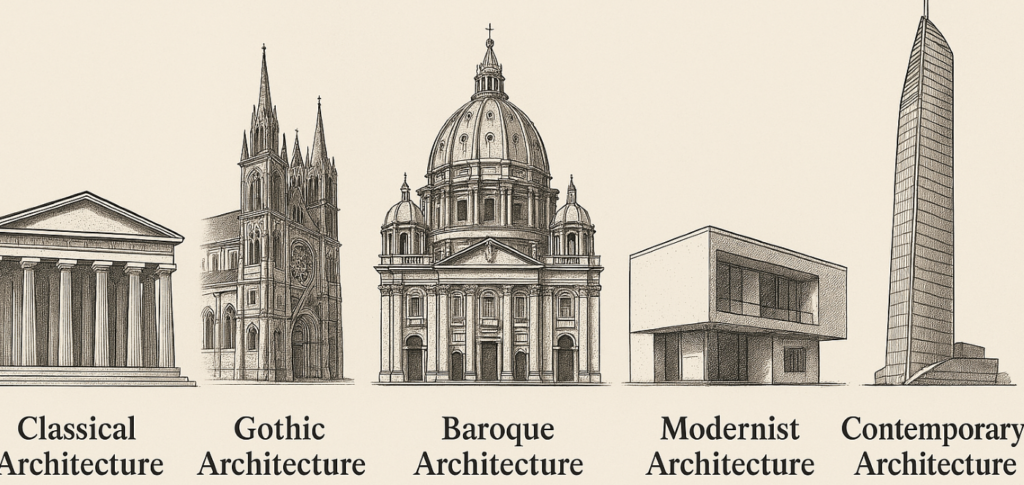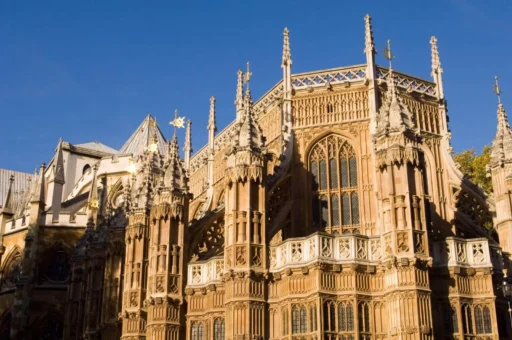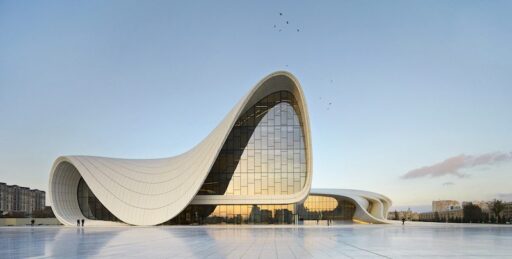
Top 5 Most Famous Architectural Styles in World History
Architecture is a reflection of culture, history, and innovation. Throughout time, different styles have shaped the way we build and live. From the timeless elegance of Classical design to the bold creativity of Contemporary structures, the world’s most famous architectural styles tell powerful stories through form, function, and beauty.
Classical architecture

Classical architecture originated in ancient Greece and Rome, and is characterized by symmetry, columns, rectangular windows, and marble, to name a few. For centuries, architects have drawn influence from these civilizations and incorporated traditional ideals into subsequent styles of architecture.
In a broad sense, Classical architecture can encompass all architecture that is derived from the ancient Greeks and Romans. For our purposes, the Classical Revival movement is the most true-to-form style of Classical architecture that exists today.
The most iconic Classical constructs are the large stone temples that were built on a foundation of symmetry and order. As such, there is a longstanding tradition of architects looking back at this architectural history and reviving the values and ideals of the ancient world.
Gothic architecture

The Gothic style first appeared in the early 12th century in northern France and rapidly spread beyond its origins in architecture to sculpture, textiles and painting, including frescoes, stained glass and illuminated manuscripts. This sophisticated new design style combined a detailed observation of nature with an expressive elegance. Gothic was quickly adopted throughout Europe, with versions of the style still visible in the 16th century.
Baroque architecture

Baroque architecture is a highly opulent building, design, and art style that originated in Italy during the late 16th century and spread to the rest of Europe. It’s characterized by extremely detailed forms, marble, large-scale decoration, and bright colors. The style was meant to showcase the power of the Roman Catholic Church.
Modernist architecture

Modernist architecture, or modernism, is a style that emerged in the early-20th century in response to large-scale changes in both technology and society. It is associated with the function of buildings, approached from an analytical viewpoint, a rational use of materials, the elimination of ornament and decoration, and openness to structural innovation.
Modernism developed across all artistic fields, not just architecture, as a means of accommodating and responding to the new technologies of machines, automation and urban design. The industrial revolution played a major role in the development of architecture that was driven by functional priority. Materials such as concrete, glass and steel were industrially manufactured prevailed in this era.
Contemporary architecture

Contemporary architecture refers to buildings that date from the late 20th century through the present day. Rather than describing a uniform style, contemporary buildings are characterized by features such as unadorned facades, asymmetrical or non-linear forms, and large volumes.
These structures often look radically different from one another and sometimes from anything that has come before, thanks to myriad innovations in building materials and techniques.
Conclusion
Architecture is more than just building design—it’s a window into human history and imagination. The world’s most famous styles continue to inspire and influence how we live, create, and connect. By appreciating these diverse forms, we gain a deeper understanding of culture, art, and the evolution of human expression.
More From The Author
-
The Art of Football: Masterpiece in Motion
Football is more than just a game—it is an expression of creativity, passion, and skill, woven together in a masterpiece of motion. Every touch of the ball, every strategic pass, and every breathtaking goal is a brushstroke on the grand…
-
The Seven Wonders of the World
The Seven Wonders of the World represent some of the most breathtaking and historically significant landmarks ever built. These wonders, chosen for their architectural brilliance and cultural impact, showcase humanity’s creativity, engineering skill, and artistic vision. From ancient cities carved…









I always thought the architecture is getting a little bit more lazy as the years go by. I do see some evidence of that in this blog as well, but we actually are moving back with the contemporary architecture since it looks like we are going from the a lot of fragments building style to making all sorts of shapes, which is really cool and just proves me that maybe we will still have a lot of cool architecture instead of bleak walls.
Great read! I think contemporary architecture is especially cool. It feels like anything is possible.